The Internet is flooded with information about exercise. One program claims to be the best way to burn fat, while the next is designed to improve your strength. Some experts believe cardio is more important than strength training, while others tout yoga as the most beneficial mode. In general, there are no good exercises or bad exercises, but there are some movements that may not be appropriate for every body. With all the conflicting information, how do you determine the most effective program for you? Let’s start by covering the things a well-rounded fitness regime should include: cardiorespiratory training, resistance training, and mobility or flexibility training. When evaluating a fitness program, be sure to look for all three to determine if the program will be effective for you. Here is a summary of what and why each component is important in your routine.
Cardiovascular training means training your heart to be more efficient at pumping blood throughout the body. A consistent cardio routine makes it easier to perform daily activities like climbing a few flights of stairs, raking leaves or walking from point A to B. Cardio activity also assists in preventing cardiovascular disease and other chronic illness. Aim to perform cardio activities such as walking, cycling, swimming and jogging most days of the week at a moderate pace for at least 30 minutes. Group classes are also a great way to get your heart pumping and increase motivation. Cardiovascular training can be performed in short bouts or in one session to accumulate the 30-minute total.
Get started: Walk at a moderate pace on the treadmill, increasing the incline by 1% to 2% every 5 minutes for 30 minutes.
Resistance or strength training places external stress on the muscles and joints. Your body responds by increasing bone density and lean muscle mass to adapt to the stressors. Strength training builds lean muscle, which increases metabolism both at work and at rest. If you are new to strength training, look for a program that includes large muscle, multijoint movements like the squat. These movements are generally more functional and present the highest metabolic demand. Experts recommend performing eight to 10 strength-training exercises, two to three times per week. Start with body-weight exercises and then progress to loaded resistance such as dumbbells, resistance tubing or kettlebells. Training your body to be stronger enables you to perform daily movements with more vigor. You will find it easier to lift, push and pull things. People who strength train regularly report feeling more stable and strong, which is also linked to confidence and self-efficacy.
Get started:
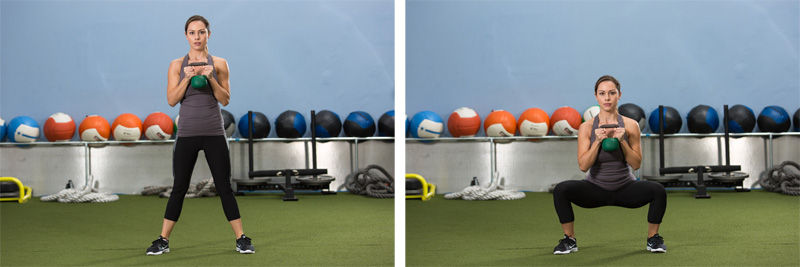
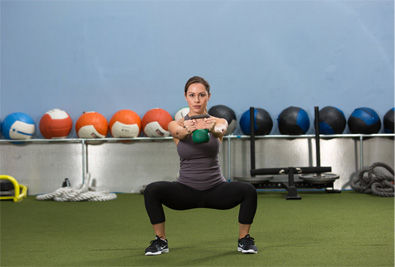
T-rotation push up – kneeling or full plank
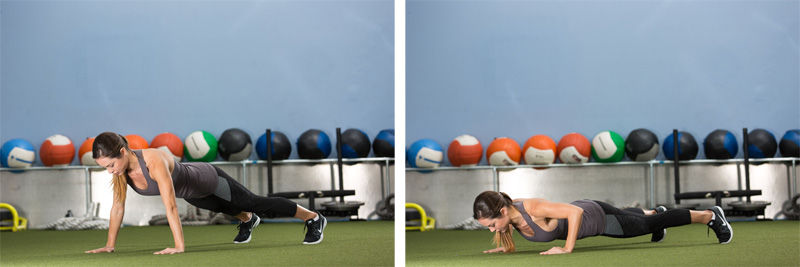
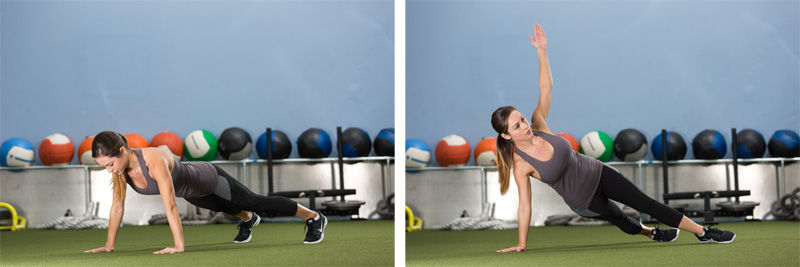
Mobility or flexibility training is often overlooked, but arguably may be the most important component of a lifelong fitness program. Lack of mobility is associated with poor posture and pain, which can affect the ability to perform even the simplest daily routines. To improve your mobility, engage in a stretching routine at least two to three times per week, although a daily dose of stretching is even better. Mobility programs need not be tedious—a few basic stretches prior to exercise or even before bed can make a big impact. Focus on stretching large muscle groups, such as the hamstrings, hips, lower back and chest, to reduce the impact of daily lifestyle activities like sitting or walking. Balance training is also a great addition to your mobility training. Attending a yoga class a couple of times per week also can be a great way to devote time to mobility and balance. You will likely find the stress-busting benefits of yoga will help you feel more calm and focused.
Get started:
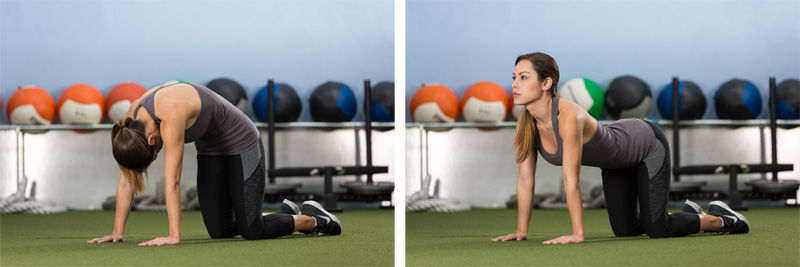
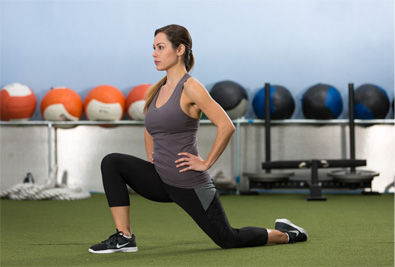
Once you find a comprehensive fitness program that you like, make sure to change it up periodically to prevent boredom and encourage progress. Explore a variety of modalities to determine which activities you enjoy the most. If you actually like the activity that you are participating in, you are more likely to commit to, and remain consistent in, a regular exercise program. Regardless of your current fitness level, each program can be adapted to your current wants and needs. If you are uncertain of where to begin, hire a certified personal trainer. This will ensure that you learn proper form and technique.
By including all three components of fitness, you will find that you will have more energy and likely enjoy better sleep. A well-balanced fitness program is the best way to prevent injury and maximize results.




 by
by 






 by
by